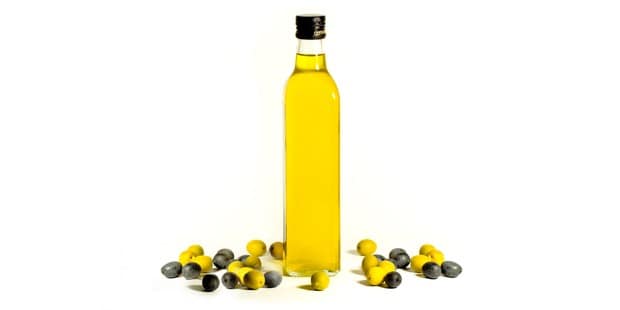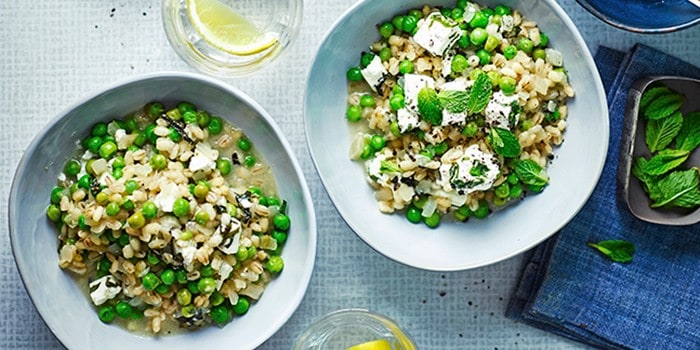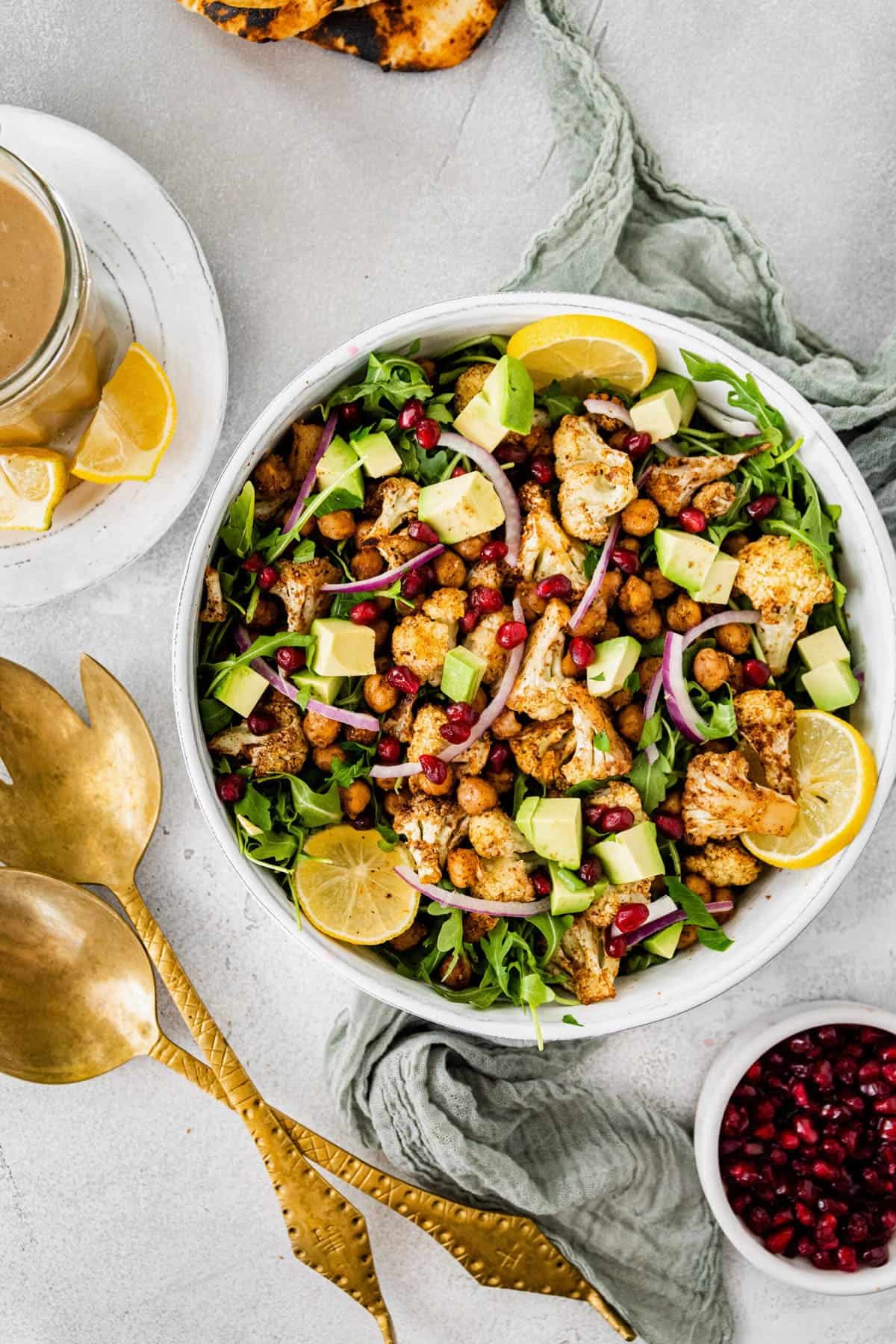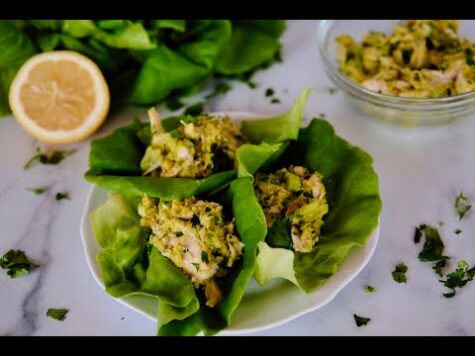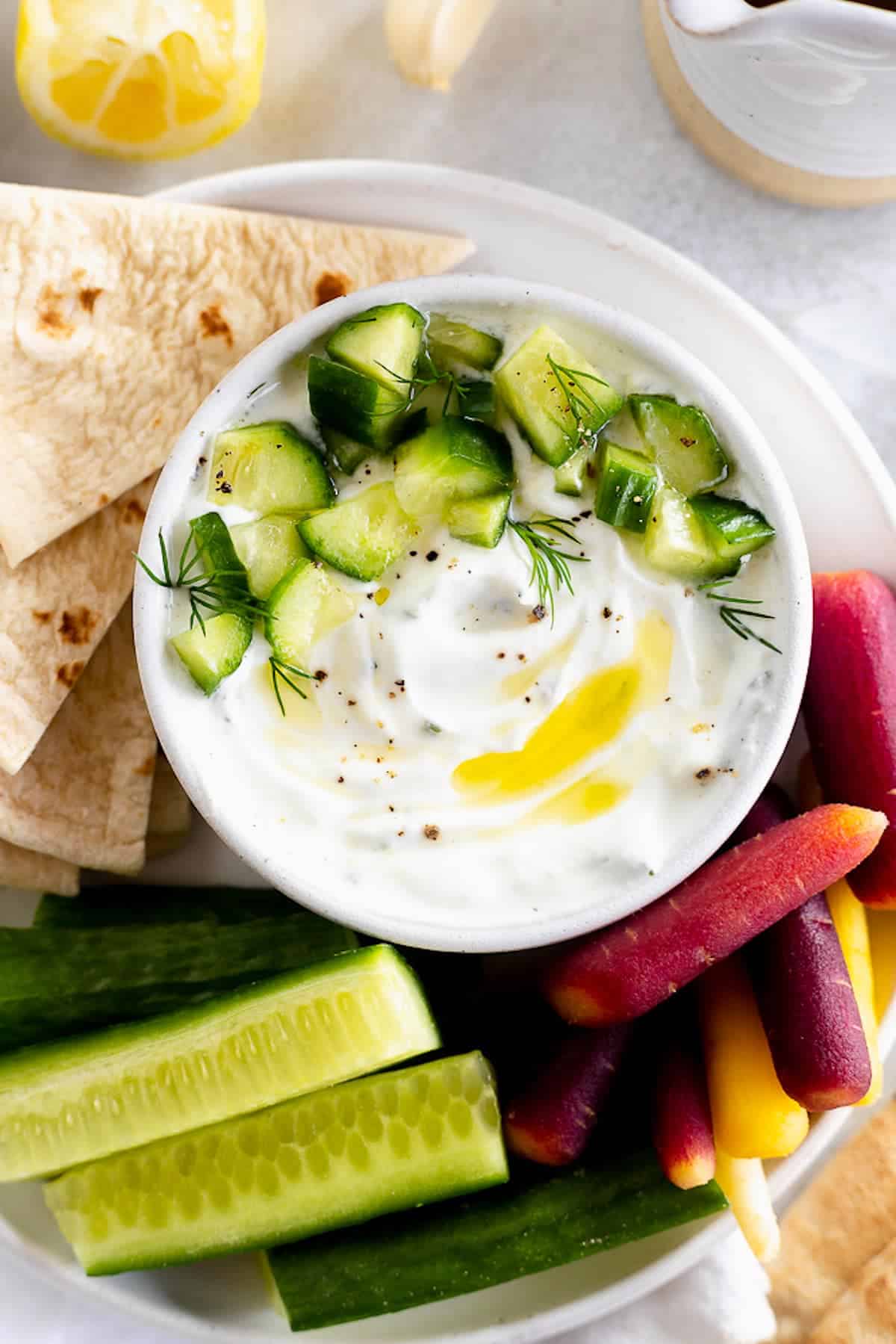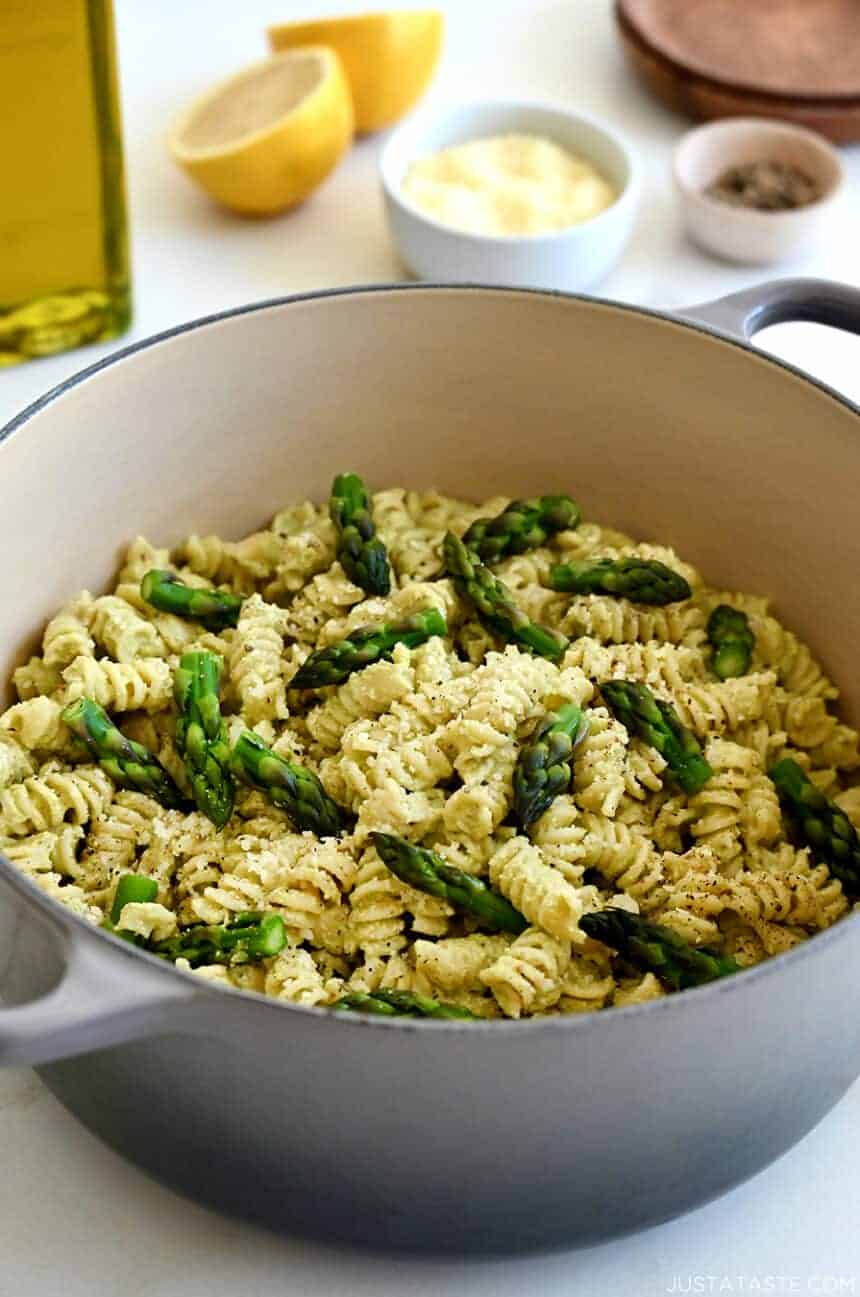A staple in all our kitchens, oil is central to many of our favourite recipes, from dressing a salad to sautéing, roasting or frying food. Each oil derives its name from the nut, seed, fruit, plant or grain from which it’s extracted, and is typically referred to according to its most prevalent fat – this may be saturated, poly-unsaturated (PUFA) or mono-unsaturated (MUFA).
Fats and oils play an important role in cooking because they conduct heat efficiently, stop food sticking to the pan and enhance the taste and mouthfeel.
The science bit
Oils and fats are made up of chains of smaller fatty acids, when these chains are held together by single bonds they are known as saturated fats; when double bonds are in place they are referred to as unsaturated.
There are three types of fatty acid chains – short, medium and long. The short and medium chains are absorbed directly into the blood stream and used for energy, whereas long chain fatty acids are transported to the liver where they are metabolised.
What’s the issue with heating oils?
Some oils are better suited to high temperature cooking than others, and that’s because oils change structurally when they’re heated. When a recipe requires us to fry food, we not expose the oil to increased temperatures, as well as moisture from the food and oxygen in the air – all three of these factors trigger chemical reactions, which cause changes that are likely to impact the oil, including how it tastes.
How much an oil changes will depend on the temperature used, how long you cook with it, the oil you’ve chosen and the presence or not of any protective antioxidants, these might be nutrients like vitamin E or natural compounds called polyphenols, which are found in unrefined oils, like virgin olive oil.
What is the ‘smoke point’?
An oil’s ‘smoke point’ is the temperature at which it starts to burn, and as its name suggests you’ll see smoke rising from the pan and filling your kitchen. When this happens, the oil has started to break down, and it’s likely to form harmful compounds such as aldehydes. If you consume oil that’s been handled like this on a regular basis, it may contribute towards the risk of diseases, like cancer and heart disease.
Knowing the smoke point of an oil may help you select the oil most suited to the task you have in mind. However, it’s worth bearing in mind that factors affect the smoke point – fresher oil has a higher smoke point, and as soon as you combine oil with the food you’re cooking, you will reduce its smoke point because it will have started to react with moisture from the food.
As a general rule, the more tightly packed the fatty acids in an oil, the more stable the oil is for cooking. This means saturated fats and MUFAs are more likely to be able to cope with high temperatures and as a result less likely to change.
Selecting an oil
One of the first things to consider is how the oil has been processed because this will influence how it performs during cooking and ultimately how healthy it is. Labels stating ‘virgin’ or ‘extra virgin’ suggest the oil has been minimally processed, without the use of chemicals. ‘Cold-pressed’ tells us the oil has been extracted using no heat and as a result nutrients and enzymes will be remain in the finished product. Oils carrying these descriptions are often referred to as unrefined oils.
Refined oils, on the other hand, are processed using chemicals. They may have a higher tolerance for heat because the refining process removes nutrients, enzymes and other compounds, which are more likely to burn. However, they may contain chemical residues and won’t retain their natural nutrients or enzymes, although they will benefit from a longer shelf life.
With numerous oils to choose from, here are some of the most popular:
1. Olive oil
A key component of the Mediterranean diet, olive oil is made from the juice of the olive tree fruit and is known for its many health benefits, from protecting against heart disease to reducing the risk of type 2 diabetes.
Olive oil is a MUFA, which means it only has one double bond and this makes it more resistant to the changes incurred when cooking. In fact, oleic acid the predominant MUFA found in olive oil is thought to be 50 times less likely to oxidise (combine with oxygen) than linoleic acid, which is the predominant PUFA found in vegetable oils like sunflower and corn oil. If you opt for the virgin olive oil, you’ll also benefit from the protective antioxidant properties of numerous polyphenols and nutrients like vitamin E.

Smoke point:
Refined – 200-240C (465F)
Unrefined – 160-190 C (375F)
Verdict: For temperatures up to 180-190C virgin olive oil is a great choice. Better still, extra virgin olive oil (EVOO), which is made from pure, cold-pressed olives, is reported to have the lowest oxidation rate of any cooking oil. This makes EVOO an ideal choice when cooking at home as long as you don’t overheat it. If you do a lot of frying and are on a tight budget, you might opt for a refined olive oil, and replenish regularly when using prolonged cooking methods.
2. Rapeseed oil
This general-purpose oil has half the saturated fat content of olive oil, is high in MUFAs including oleic acid, and contains PUFAs with a favourable omega-6 to omega-3 fatty acid ratio (2:1). Rapeseed oil also has the highest polyphenol content of the seed oils, although it’s worth saying that the quality of the oil is affected by a number of factors, including harvesting, storage and the extraction process.
In some countries, the term rapeseed oil is used to refer to the type of oil employed for industrial use, with canola oil being the edible cooking oil. However, in the UK, ‘rapeseed oil’ is used interchangeably for both and the term canola, rarely used.
Smoke point:
Refined – 204-230C (450F)
Unrefined – 230C (450F)
Verdict: A useful choice when a neutral flavoured oil with a good smoke point is needed. When selecting rapeseed oil choose a cold-pressed version because it has a superior fatty acid profile and a higher level of protective polyphenols, carotenoids and vitamin E.
3. Sunflower oil
Sunflower oil is low in saturated fat, and depending on the type you choose may be high in the PUFA, linoleic acid or high in the MUFA, oleic acid. A high oleic acid sunflower oil is considered more stable for cooking.
One of the main downsides with this seed oil is that it generates more damaging aldehydes than olive, rapeseed or coconut oils, regardless of the cooking method employed. For this reason, it’s recommended for low-heat cooking methods only.
Smoke point:
Refined – 225-230C (440F)
Unrefined – 107C (225F)
Verdict: Choose a high oleic acid sunflower oil and use for low-heat cooking methods, such as baking in muffins, etc.
4. Coconut oil
Although coconut is referred to as an oil, it’s actually a fat that melts from solid to liquid at just above room temperature. It has a distinctive flavour and texture which creates a unique mouthfeel and may not suit all dishes. Composed predominantly of saturated fat (92%), coconut oil has received a lot of attention because of its high levels of medium chain fatty acids.
Coconut oil, because of its high saturated and low unsaturated fat content, is more resistant to oxidation than the unsaturated oils like sunflower and olive oil. However, despite this, it has a relatively low smoke point, which is why its use in deep fat or prolonged frying may lead to the production of harmful substances, including polycyclic aromatic hydrocarbons.
Smoke point:
Refined – 232C (450F)
Unrefined 171C – 175C (350F)
Verdict: Choose virgin coconut oil, because the extraction methods used ensure higher levels of antioxidants, including vitamin E and protective phytonutrients. This oil is best used sparingly in the diet because of its high saturated fat content, lack of essential fatty acids including linoleic and linolenic fatty acids, and its relatively low smoke point. Keep for sautéing and baking.
5. Groundnut oil
Also known as peanut or arachis oil, groundnut oil tends to have a mild flavour. It’s high in MUFAs (50%), including oleic acid, and in its unrefined form is a good source of vitamin E. Being made up of 30% PUFAs means groundnut oil is prone to oxidation, although it does boast a relatively high smoke point.
Smoke point:
Refined – 225-230C (450F)
Unrefined – 160C (320F)
Verdict: Groundnut’s mild, nutty flavour and high smoke point makes it well suited for stir frying, however, its high PUFA content suggests cooking times should be kept short.
6. Avocado oil
Pressed from the fruit of the avocado tree, this oil is often likened to olive oil. It’s rich in MUFAs, especially oleic acid, which increases the oil’s stability at high temperatures. There are numerous studies to support its many health benefits, including those for the cardiovascular system. One aspect in which avocado beats olive oil is in its smoke point, which is higher for both the refined and unrefined versions.

Smoke point:
Refined – 270C (520F)
Unrefined – 190-205C (400F)
Verdict: Although avocado oil has multiple uses, including frying, sautéing, browning and roasting, it’s a comparatively expensive oil, which may limit its use in day-to-day cooking. Being a subtle-flavoured oil, it allows the other ingredients in your recipe to shine through.
What’s the overall verdict?
The oil you choose will depend on the frying time, temperature and whether you want a neutral or flavourful oil. Oils rich in PUFAs, like sunflower and corn oil, generate higher levels of oxidative products called aldehydes than those oils rich in saturated fat, like coconut oil, or MUFAs, like olive oil.
Of all the options listed above, olive oil performs well and is considered superior to most vegetable oils, although you should still aim to keep heating time to a minimum. Using olive oil also improves the quality of fat in the diet, because it has a healthier profile, being rich in MUFAs and low in saturated fats.
For those following a vegan or plant-focused diet, cold-pressed rapeseed oil makes a good choice because of its high levels of the essential fat called alpha-linolenic acid (ALA), which is an important omega-3 fatty acid.
Last words
As well as using the right oil for the job, be sure to store your oil in a cool, dry place, out of direct sunlight and preferably in a dark glass rather than plastic bottle. Buy in small quantities so you are regularly replenishing and never re-use.
29 September 2021
Kerry Torrens is a Registered Nutritionist (MBANT) with a post graduate diploma in Personalised Nutrition & Nutritional Therapy. She is a member of the British Association for Nutrition and Lifestyle Medicine (BANT) and a member of the Guild of Food Writers. Over the last 15 years she has been a contributing author to a number of nutritional and cookery publications including BBC Good Food.

